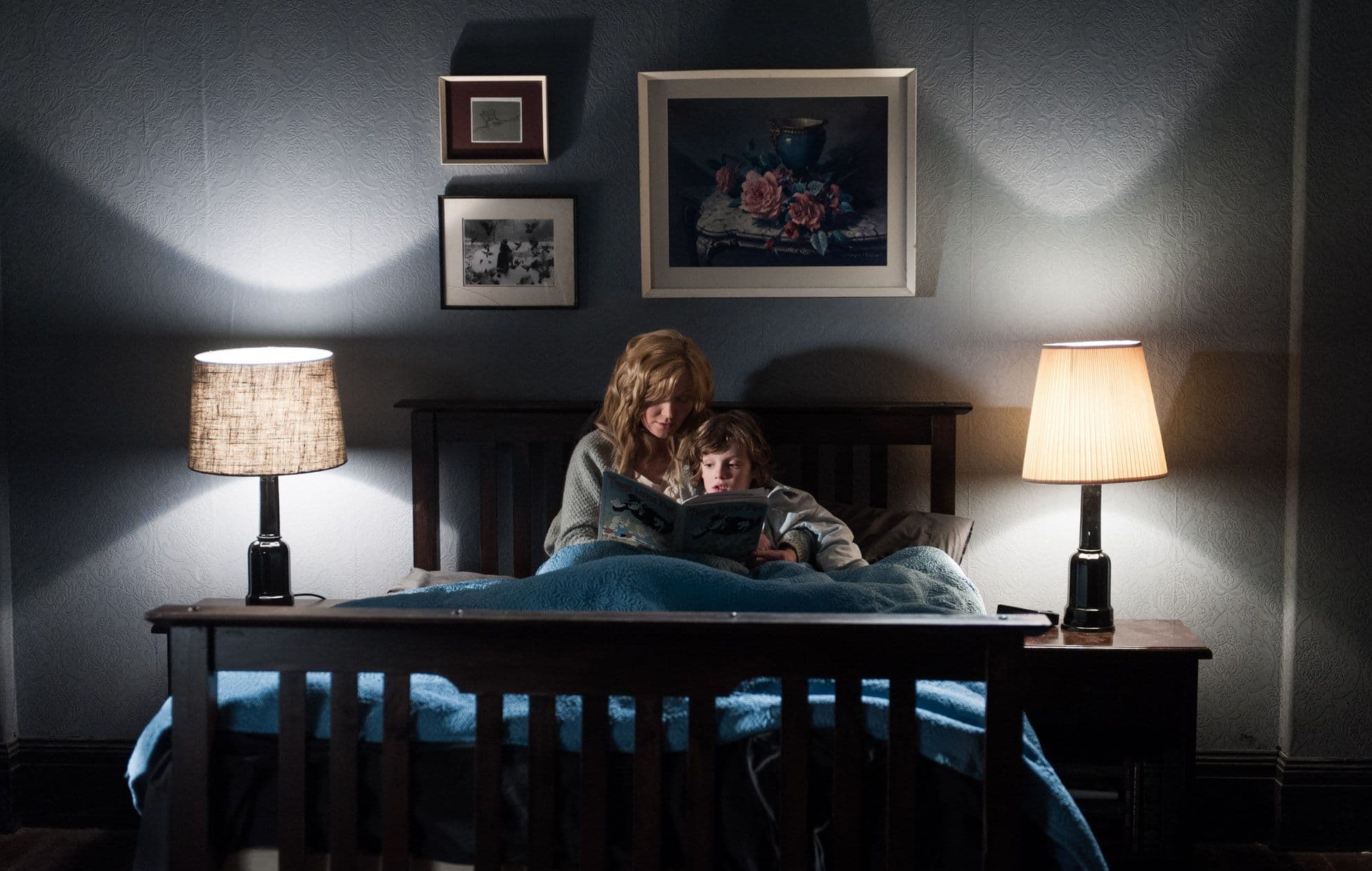Lighting is an essential element in filmmaking, as it can convey mood, atmosphere, and emotion. One of the techniques used by filmmakers to create a specific mood or atmosphere is diffused light. What is diffused light exactly?
Diffused light is a type of soft light that is characterized by its soft shadows, lack of harsh contrast, and even illumination. This technique is often used in horror movies to create an eerie atmosphere or in romantic movies to create a dreamy and soft look.
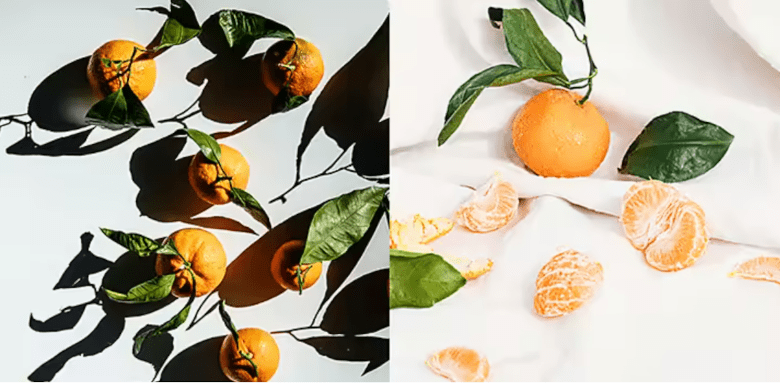
Diffused light is different from other types of light used in filmmaking, such as hard light or direct light. Hard light is characterized by its sharp shadows and high contrast, which can create a sense of drama or tension. Direct light is similar and often used synonymously, a type of light that is focused on a specific subject or area, which can be used to draw the viewer’s attention to a particular aspect of the scene.
Yes, direct and hard light can be great for horror movies. That said, diffused light can be used quite effectively in films and photography, even in horror, especially when used as a contrast to more dramatic, sharper lighting.
Diffused light is characterized by its soft shadows and lack of harsh contrast. This creates a more even illumination across the scene, which can help to create a dreamy or soft look. Diffused light can be achieved in several ways, including through the use of diffusion filters, softboxes, or bounce lighting.
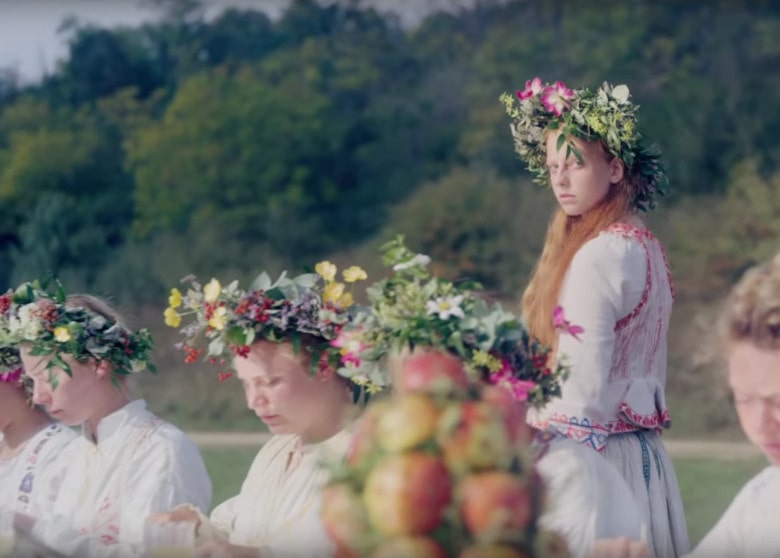
One of the most common ways to create diffused light is through the use of diffusion filters. These filters are attached to the front of the lens and scatter the light, creating a softer and more even illumination. Diffusion filters are available in various strengths, which can affect the level of diffusion in the final image.
Another way to create diffused light is through the use of softboxes. Softboxes are large, rectangular boxes that are placed over the light source, creating a larger light source with a more even illumination. Softboxes are commonly used in studio settings, where the lighting can be controlled more precisely.
Bounce lighting is another technique used to create diffused light. This technique involves bouncing the light off a reflective surface, such as a white wall or ceiling, creating a more even illumination. Bounce lighting is often used in natural light settings, where the lighting cannot be controlled as precisely as in a studio setting.
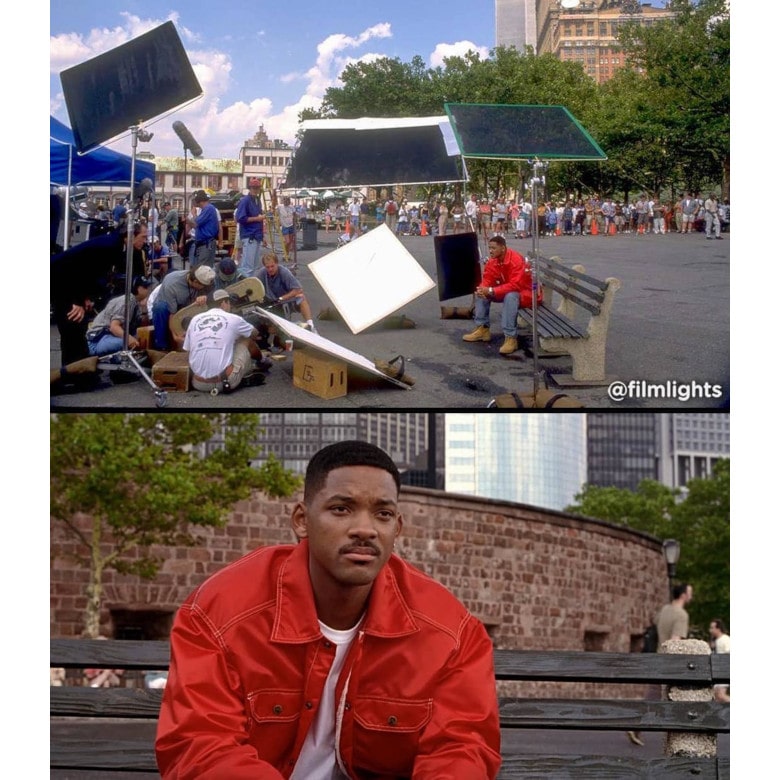
One of the benefits of using diffused light is that it can create a more flattering look for actors and actresses. The soft shadows and lack of harsh contrast can help to smooth out imperfections and create a more even skin tone. Diffused light can also be used to create a more natural look, which can be important in certain types of filmmaking, such as documentaries or reality TV.
In addition to creating a specific look or atmosphere, diffused light can also be used to create a sense of depth in a scene. By illuminating the foreground and background evenly, diffused light can create a sense of depth, drawing the viewer’s eye into the scene.
How to Diffuse Light from Lamp
There are several techniques that filmmakers can use to create diffused light from a lamp.
Using a diffusion material: Filmmakers can use a diffusion material (example), such as a white bedsheet or a translucent fabric, to soften the light emitted by a common lamp. The diffusion material can be placed in front of the lamp, creating a soft and even illumination that can be used to create a dreamy or romantic look.
Using bounce lighting: Bounce lighting involves bouncing the light emitted by a lamp off a reflective surface, such as a white wall or ceiling. This technique creates a more even illumination and can help to eliminate harsh shadows. To achieve this effect, the lamp should be placed close to the wall or ceiling and angled slightly upward.
How to Diffuse LED Lights
How to diffuse light from LED lights? Good question.
LED lights are becoming increasingly popular in filmmaking due to their energy efficiency, versatility, and low heat output. Here are some ways to create diffused light from LED lights:
- Using a diffuser panel: A diffuser panel is a sheet of translucent material that can be placed in front of the LED light to soften and spread the light. Diffuser panels can be made from materials such as white acrylic or polycarbonate, and can be purchased or made at home. The diffuser panel should be positioned a few inches in front of the LED light for the best effect.
- Using a softbox: A softbox is a light modifier that can be attached to an LED light to create a larger and softer light source. Softboxes are typically made from lightweight and collapsible materials such as fabric or paper, and can be purchased or made at home. The softbox should be positioned over the LED light, and the LED light should be pointed toward the center of the softbox.
- Using reflective surfaces: Reflective surfaces, such as white walls or ceilings, can be used to bounce and diffuse the light from an LED light. The LED light should be positioned so that it is facing the reflective surface, and the reflected light can then be directed toward the subject. This technique can create a soft and even illumination, and can be particularly effective in smaller spaces.
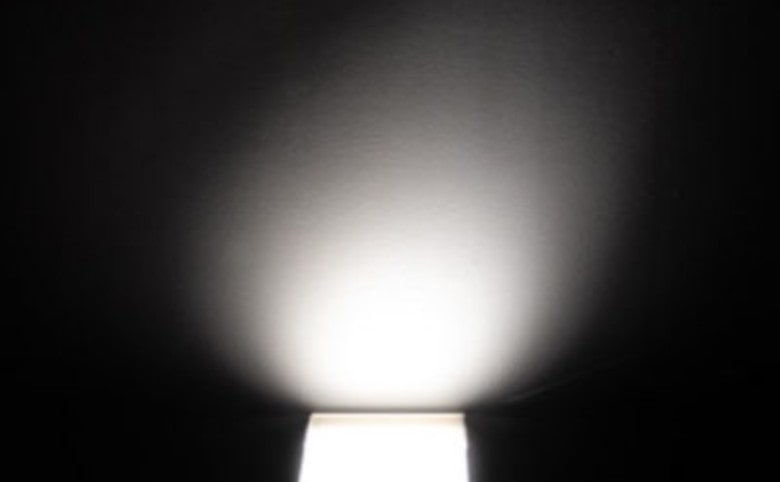
- Using diffusion gels: Diffusion gels are thin sheets of translucent plastic that can be placed over an LED light to create a diffused and softer light. These gels can be purchased in a range of strengths and opacities, and can be attached to the LED light using tape or clips. Diffusion gels can also be combined with other gels, such as color gels, to create specific lighting effects.
- Using multiple lights: Multiple LED lights can be used to create diffused light by positioning them at different angles and distances from the subject. This can create a more even illumination and help to eliminate harsh shadows. Multiple lights can also be used with other diffusing techniques, such as softboxes or diffuser panels, to create a softer and more natural-looking light.
Examples of Diffused Light (Horror) Movies
Diffused light is often used in horror movies to create a sense of uncertainty and unease, as it obscures details and can give the impression that something is lurking just out of sight. While hard light might have something completely in darkness, soft and diffused light can have something obscured but still somewhat visible. This can certainly create a sense of unease which works well in horror movies.
Here are some examples of diffused light used in horror movies:
- “It Follows” (2014): This horror movie uses diffused light to create a dreamlike quality, blurring the line between reality and the supernatural. The hazy, soft lighting gives the impression that the characters are trapped in a nightmare.
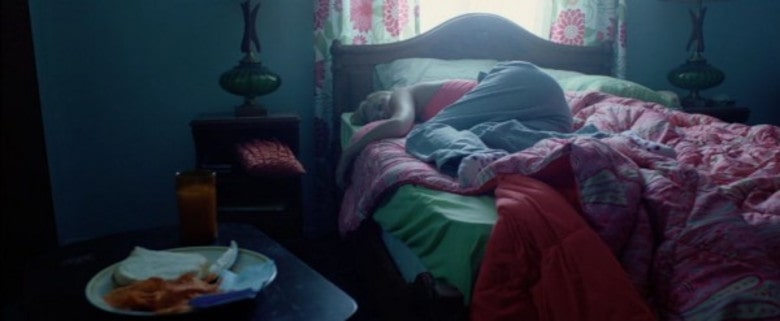
- “The Babadook” (2014): This Australian horror movie uses diffused light to create a sense of unease and tension throughout the film. The lighting is often muted and dim, with the characters partially obscured in shadow. That isn’t to say there isn’t a lot of “harsh” light in the film in some scenes. But there is a lot of diffused light mixed in to many scenes that is very purposeful for creating atmosphere.
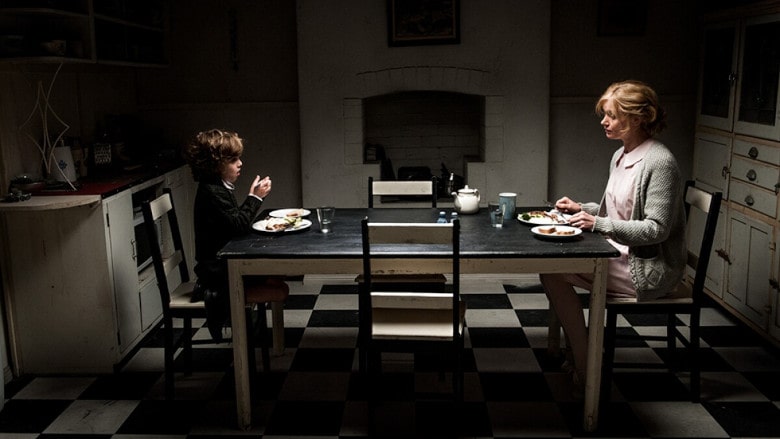
- “The Blair Witch Project” (1999): This found-footage horror movie uses natural light sources to create a sense of realism and authenticity. The diffused light of the forest creates a sense of uncertainty and disorientation, as the characters struggle to navigate their surroundings.
- “The Ring” (2002): This supernatural horror movie uses diffused light to create a sense of dread and unease. The muted, blue-green color palette creates an eerie atmosphere, with the diffused light adding to the film’s overall sense of foreboding.
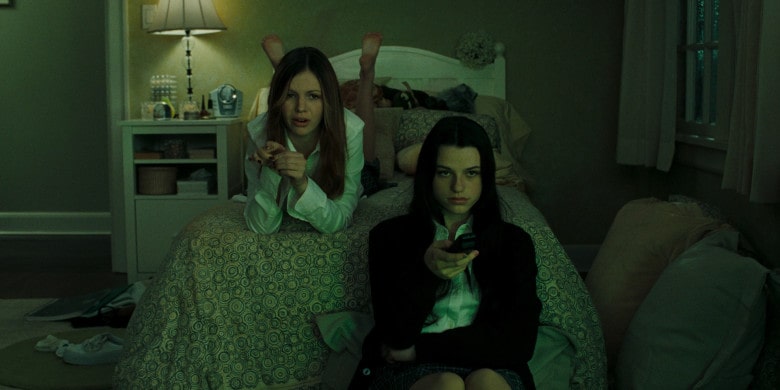
- “The Conjuring” (2013): This supernatural horror movie uses diffused light to create a sense of foreboding and suspense. The dimly-lit rooms and flickering candlelight create an eerie atmosphere, making the supernatural occurrences all the more terrifying.
Last Updated on April 24, 2023.

